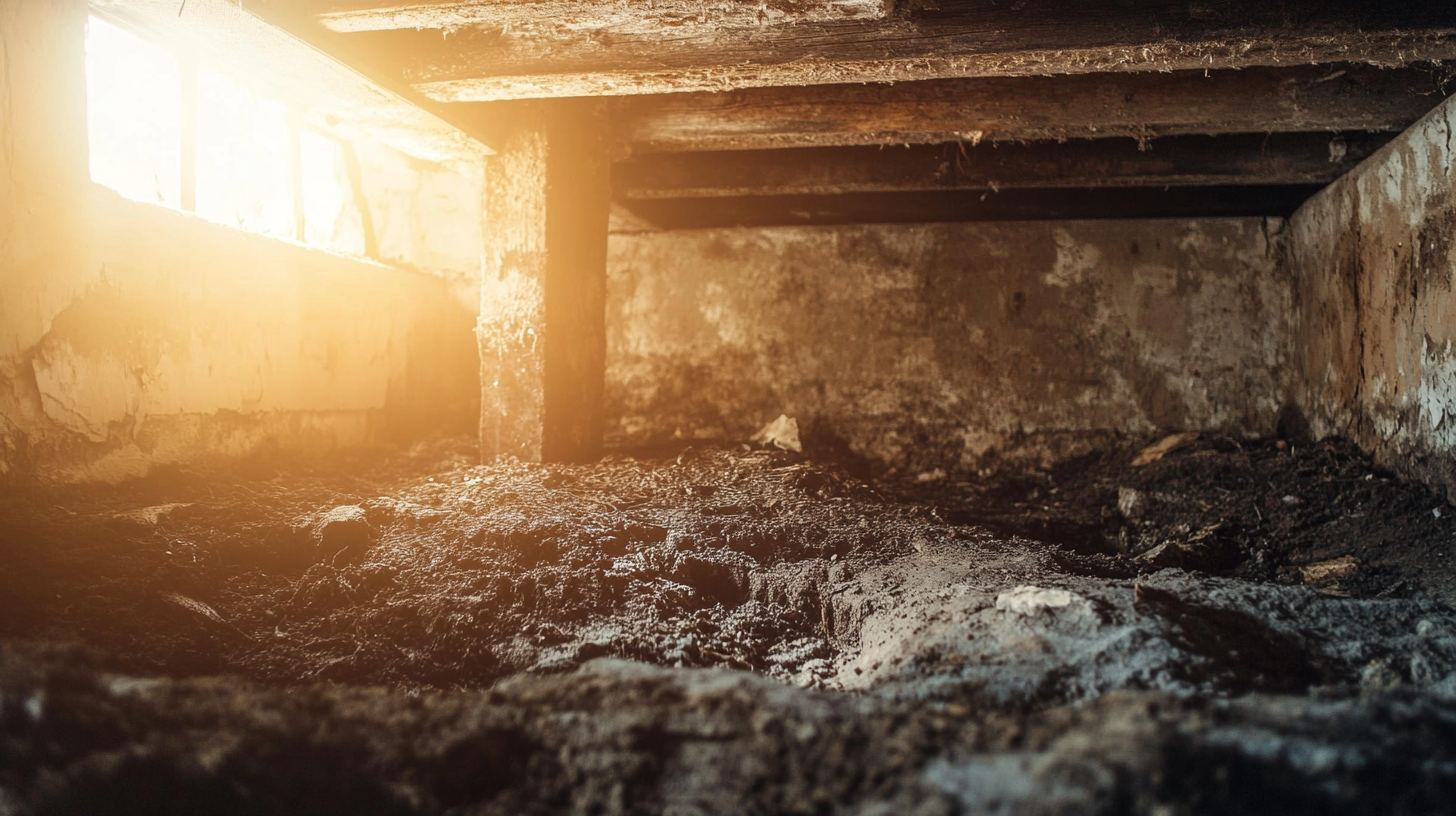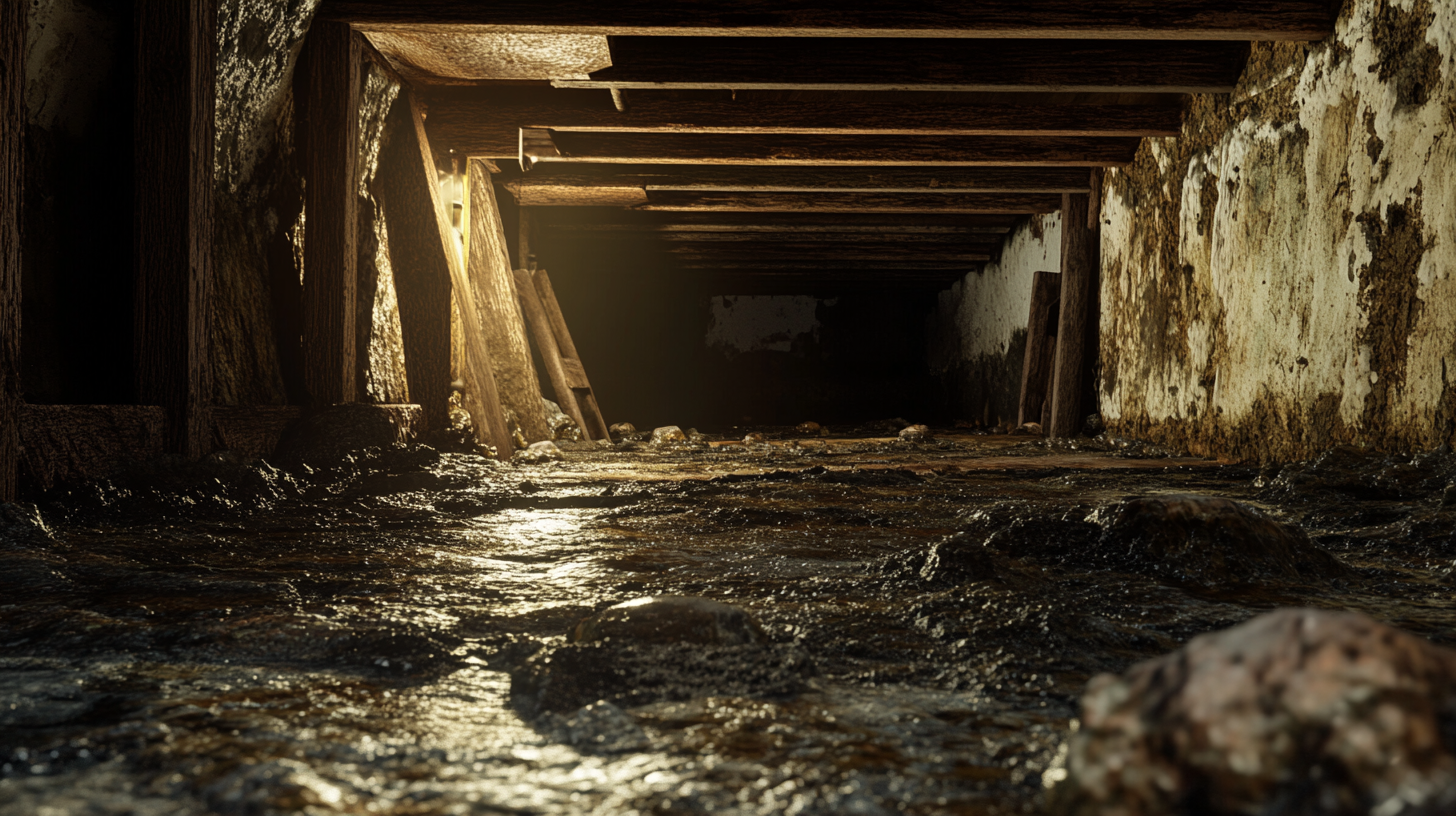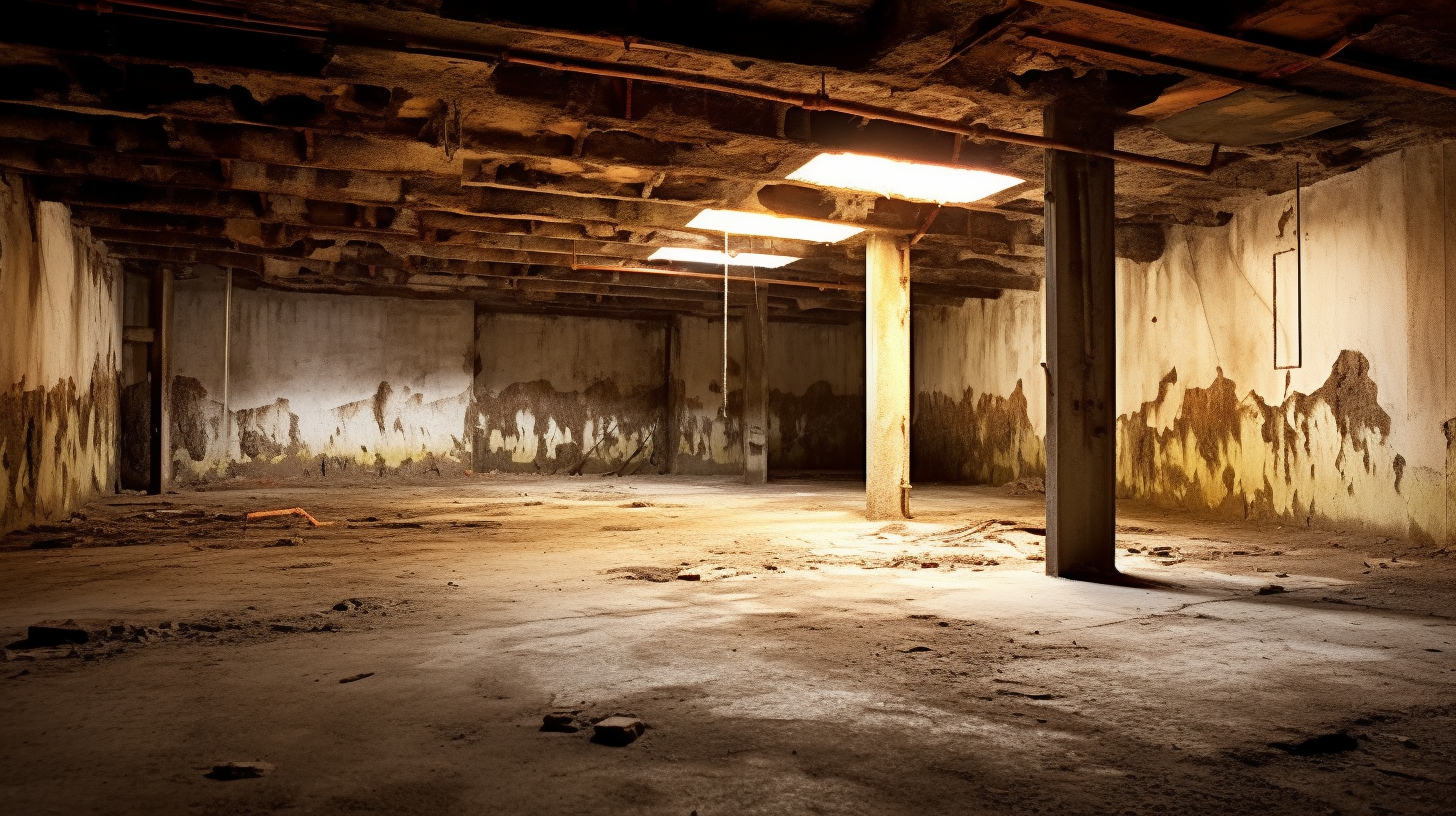Now IS THe Time To...

Crawl Space Services In Knoxville, TN
Stetson Howard: 865-432-6743
CRAWL SPACE ENCAPSULATION, REPAIR, WATERPROOFING & MOLD REMOVAL
No-Obligation, Free Inspections
No-Obligation Free Estimates
We Warranty All of Our Work
100% Satisfaction Guaranteed
Welcome to our comprehensive guide on "Mastering the Process: How to Install a Sump Pump in a Crawl Space Like a Pro." If you've been grappling with persistent dampness, water accumulation, or potential flooding in your crawl space, you're about to embark on a journey to equip yourself with the knowledge and skills needed to tackle this challenge head-on. In this blog series, we'll guide you through the step-by-step process of sump pump installation, ensuring that you're well-prepared to transform your crawl space into a dry, secure environment for your home and family.
Choosing the Right Sump Pump for Your Crawl Space
Selecting the right sump pump for your crawl space is a critical step towards effective moisture management and flood prevention. With a variety of options available on the market, understanding the key factors to consider will ensure that you make an informed choice that aligns with your crawl space's unique needs.
Begin by
assessing the pump's capacity and horsepower. The pump's capacity, measured in gallons per hour (GPH), should match the potential water influx in your crawl space during heavy rainfall or flooding. A higher GPH rating is advisable for areas prone to excessive water accumulation. Additionally, the pump's horsepower influences its pumping efficiency. Choosing a sump pump with an appropriate horsepower ensures that it can handle the volume of water without straining or malfunctioning. Don't forget to consider the pump's type—submersible or pedestal. Submersible pumps are installed inside the sump pit, hidden from view and often quieter, while pedestal pumps are mounted above the pit, making maintenance easier but potentially noisier. Lastly, focus on features like a float switch for automatic activation and a check valve to prevent water from flowing back into the pit. By carefully evaluating these factors, you'll be equipped to select a sump pump that safeguards your crawl space from moisture and potential flooding, contributing to a drier, healthier living environment.
Tools and Materials Needed for a Professional Sump Pump Installation
A professional sump pump installation requires the right set of tools and materials to ensure a smooth and effective process. From excavation to electrical work, having the proper equipment on hand ensures that the installation is carried out with precision and accuracy.
Excavation tools are essential for creating the sump pit. A shovel or excavator is used to dig the pit, ensuring the correct depth and dimensions to accommodate the sump pump and basin. Next, a sump basin and sump pump are required. The basin collects water, and the pump discharges it out of the crawl space. Depending on the pump type, either a submersible or pedestal sump pump should be selected. A submersible pump is installed inside the basin, while a pedestal pump is mounted above it. Additionally, a check valve is necessary to prevent water from flowing back into the pit after the pump stops. For electrical work, you'll need the relevant wiring, conduit, and electrical tape to ensure safe and proper connections. Lastly, proper sealing materials, such as concrete or gravel, are needed to secure the sump pit and create a stable base for the pump and basin. By gathering these essential tools and materials, you're setting the stage for a professional-grade sump pump installation that effectively protects your crawl space from water infiltration and potential flooding.
Testing and Troubleshooting: Ensuring Your Sump Pump Works Efficiently
Once you've completed the installation of your sump pump in the crawl space, the next crucial step is testing and troubleshooting. This phase ensures that your sump pump is ready to perform its essential role of keeping your crawl space dry and preventing potential flooding.
To test your sump pump, fill the sump pit with water until the float switch is activated, causing the pump to start. Observe whether the pump effectively removes the water from the pit and discharges it outside. This test confirms that the pump is operational and able to respond to rising water levels. Additionally, consider installing a backup power source, such as a battery backup or a generator, to ensure the sump pump continues functioning during power outages, which often coincide with heavy rainfall and flooding events. In the troubleshooting phase, inspect for any leaks, unusual noises, or vibrations during operation. Ensure that the float switch moves freely and isn't obstructed. Regular maintenance, such as cleaning the sump pit and checking the discharge line for obstructions, will help keep your sump pump in optimal condition. By diligently testing and troubleshooting your sump pump, you're taking proactive measures to safeguard your crawl space and home from water-related issues, enhancing the longevity and effectiveness of your drainage system.
FAQs
Recent Blog Posts
Crawl Space News







